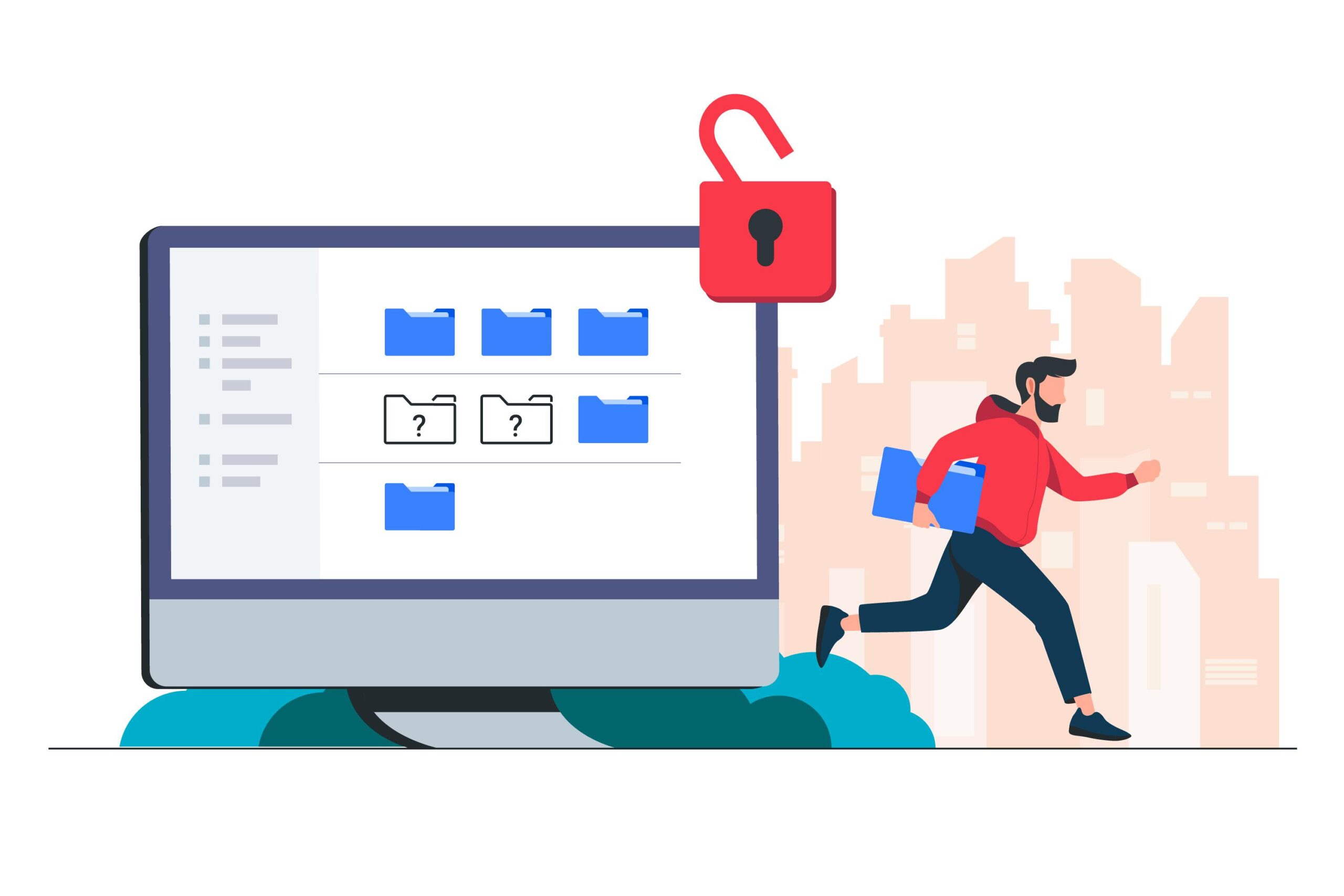The General Data Protection Regulation is a framework of new laws enacted by the 28 members of the European Union outlining why personal data is collected. With the GDPR requirements and GDPR compliance deadline of May 2018, companies in the European Union and beyond have scrambled their privacy compliance regulations and data collection policies.
The GDPR has a wide-reaching territorial scope and broad conditions of what categorizes as personal data. According to the European Union, any information that relates to an identified or identifiable living entity. Some clear examples are your name and address, but the regulations also comply with phone geolocation, cookie IDs, and other personal identifiers as personal information.
So while the GDPR sheds light on the data privacy rights of EU citizens, it also sheds a borderless essence of data privacy laws and the importance of a safe digital environment.

Say you work in an internet marketing company. In that case, it is important to make sure that all your clients comply with the advertising and data collection practices. These GDPR regulations require companies to audit, collect and process data, both online and offline.
For companies to comply with the GDPR framework, ensure:
- Users’ data is safe.
- Organizations have a firm grip on all users’ information and can track it back to the owners.
- Methods integrated into data collection, processing, and storing should be secure from data breaches.
The emergence of the General Data Protection Regulation (GDPR) secures user information in a time of data breaches. As a result, entities under the regulator’s spotlight need perfect template systems that comply with the regulatory framework.
What is Data Mapping?
Data mapping is an essential pillar of GDPR. It is navigating the journey of user data in an organization. Today, multinational corporations integrate different data mapping software, including ETL data solutions, to acquire mapping targets. Data mapping offers a myriad of data management tasks such as data integration, data migration, and transformation.
But why is data mapping-driven privacy compliance important? Here’s why:
Keeps a record of Processing Activities (ROPA)
Under article 30 of the GDPR compliance, GDPR requires controllers and processors to sustain a well-drafted record of data processing activities.
A record of processing activities include:
- Name and contact information of the controller, data processing entities, or joint coordinator.
- The legal purpose is associated with personal processing data. Classification of data subjects and personal processed data.
- Third parties in domestic and international countries receive personal data.
- Data retention format for different categories of personal data.
Data mapping helps organizations by maintaining a catalog of data processing activities across the businesses.
Data Breach Management
According to article 33 of the GDPR compliance, companies should inform users and supervisory authorities about the data breach no later than 72 hours of the invasion where the risk to the rights and freedoms of data subjects is high. In addition, data mapping helps organizations to gauge impacted data subjects and secure data in any security incident.
As a result, they can meet submission deadlines under the GDPR.
Consent Management
Under article 4 of the GDPR compliance, consent given freely should be specified, informed, and clear. Moreover, data subjects must also comply to withdraw their consent with or without any damage.
Here, data subjects help companies identify which processing activities rely on accord as a legal obligation, highlighting where consent executes mechanisms are required.
Data Subject’s right fulfillment
GDPR grants several rights to data subjects concerning their data that consists:
- Removing personal information
- Restrict the processing of personal information
- Move personal data.
Once the data subject exercises these rights, the controller responds to such requests within stipulated periods. Data mapping assists organizations in recognizing where the user data and information resides and assists the data subject request.
Data Protection Impact Assessments
Under article 35 of the GDPR, companies must execute data protection interrogations where processing is likely to occur in a vulnerable context. Therefore, such a DPIA must consider the nature, scope, context, and purposes of data processing. In addition, for efficient DPIAs, organizations must document different types of data they collect via data mapping.
How an immaculate Data Mapping Software helps in achieving GDPR Compliance?
Data mapping helps with data protection, but do you know what efficient data mapping software is? It can be any platform that aids business organizations in exploiting the benefits of data mapping while adhering to the GDPR. Here’s why GDPR compliance data mapping tools protect your personal information:
Ability to Identify and map personal data
Modern data mapping software might or might not involve ETL information mapping software, allowing users to recognize map personal data flow in an organization. These are designed to manage an influx of data on a wide scale. These solutions make use of metadata to identify
- Origin of information
- Types of data collection
- Data subjects involved in the process
- Service level agreements
Modern data mapping tools enable consumers to maintain and manage maps for business regulation and GDPR compliance.
Assists in Data Security
Proficient data mapping solutions are well equipped with various security features that enable users to protect their databases while allowing organizations to conduct risk assessments and adhere to DPIA.
Convinces a better authority over data
Today GDPR compliance mandates enterprises to ensure data protection while handling personal data. An efficient data mapping platform enables users to modify their applications to control and protect personal information effectively.
What are some challenges of Data Mapping?
There are various data collection and processing elements with cloud-based applications that allow easy movement and protection of user data. However, as more organizations adopt cloud-based software, it’s hard to document and track data flow.
Some organizations conceal data catalogs and maps hidden away in an obsolete spreadsheet or Visio setting, making it impossible to clarify different interfaces. Data mapping catalyzes Privacy Ops methodology to resolve these challenges with holistic data mapping.
Wrapping Up
Achieving GDPR compliance is complex. However, you can easily comply with it at various stages and help your business adhere to the privacy standards of users and new customer privacy demands.
You can take advantage of different data mapping software platforms, including proficient ETL data mapping solutions, to create effective data maps, stay compliant, and above all, catalyze your business forward.



